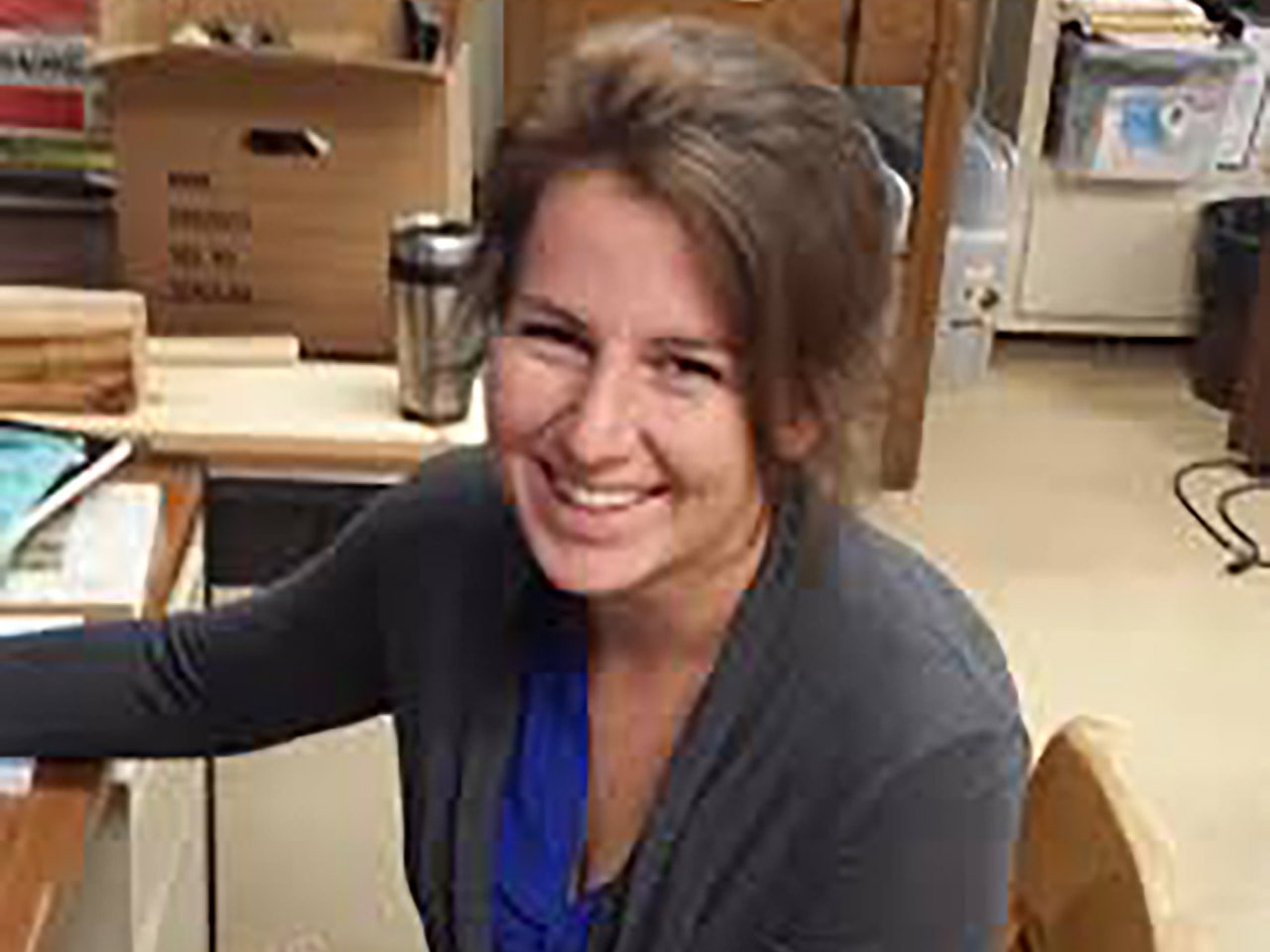The Institute of Nautical Archaeology (INA) is a non-profit organization formed for the purpose of promoting scholarly, ethical research on shipwrecks and maritime sites around the world. INA seeks to assist archaeologists and researchers by providing institutional backing for fundraising activities, loaning equipment, or providing modest grant funding for research and fieldwork. With the exception of the $30,000 Claude Duthuit Archaeology Grant, most awards do not exceed $7,500.
Proposal Details:
To have a new or ongoing project considered by INA’s Archaeological Committee please follow these instructions:
- Download the INA Proposal Form to your computer BEFORE adding information to the document.
- Complete the fill-in PDF form. Save the file as “YOUR NAME_PROJECT NAME_2024.pdf”
- Attach the form and required supporting documents to an e-mail and send to info@nauticalarch.org.
- If you have any questions about preparing the INA Project Proposal Form please contact Shelley Wachsmann, swachsmann@tamu.edu.
- If your project will require SCUBA, please review INA’s diving safety polices. To access diving safety policies and forms please visit the Diving Safety page.
- Directors of INA-supported projects may be eligible for equipment loan from INA. Please visit INA Equipment to view a list of available items.
- If you would like your project to be considered for the Claude Duthuit Archaeology grant you must complete and submit an INA Project Proposal form. Please see the instructions above. Section XII of this form pertains to the grant.
- PLEASE NOTE: The application deadline for projects occurring in 2024 is October 1, 2023.
- Reports from past funding should be directly submitted to info@nauticalarch.org.













